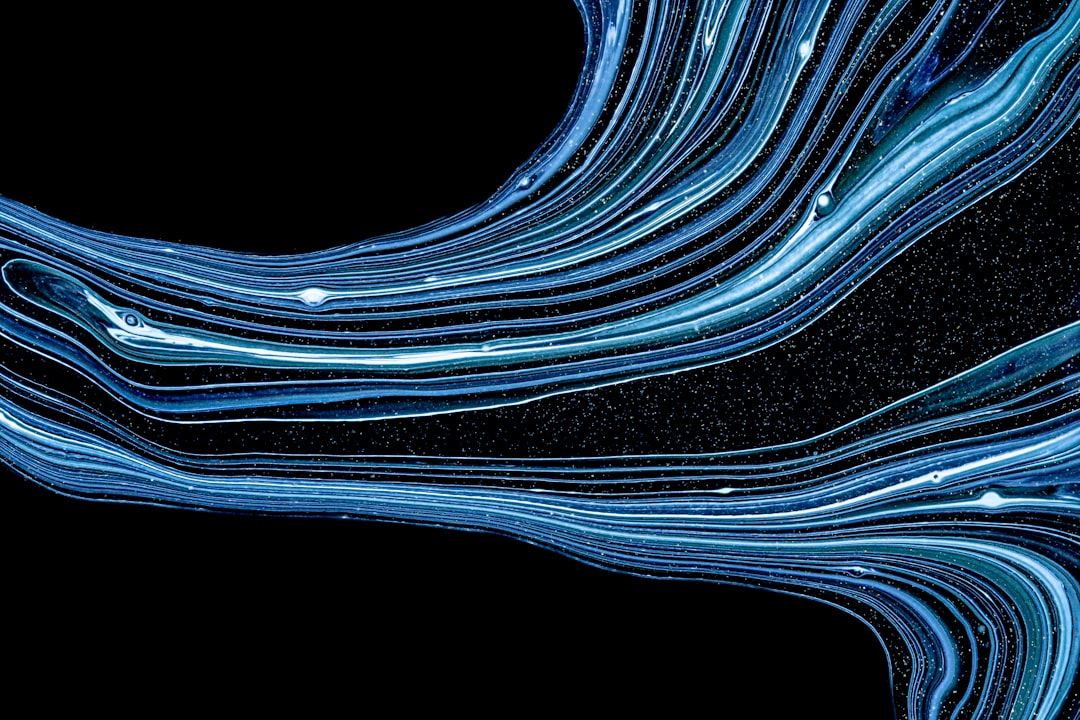What is it about?
This is a study of the possible origin of the cavities found in small, rotating asteroids. We take a look especially at asteroid 2008 EV5 and DP107. We show that it is possible that the cavities observed in their equatorial regions were formed not by impacts, but by the ejection of a sizable piece of the original bodies.
Featured Image
Why is it important?
It provides a plausible explanation for these equatorial cavities and gives some evidence to the hypothesis that the secondary of a binary asteroid could have been formed by an important fission event that ejected a large, coherent piece and not by the slow re-acreation of ejected particles.
Perspectives
There are too many observed small asteroids with cavities exactly on their equatorial ridges to be a mere coincidence. Not all can be only due to impacts and so I hope that present and future space missions can clarify whether they come from impacts or fission event as we have proposed here.
Dr Diego P Sánchez Lana
University of Colorado Boulder
Read the Original
This page is a summary of: Equatorial cavities on asteroids, an evidence of fission events, Icarus, July 2017, Elsevier,
DOI: 10.1016/j.icarus.2017.06.037.
You can read the full text:
Contributors
The following have contributed to this page










